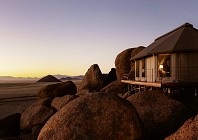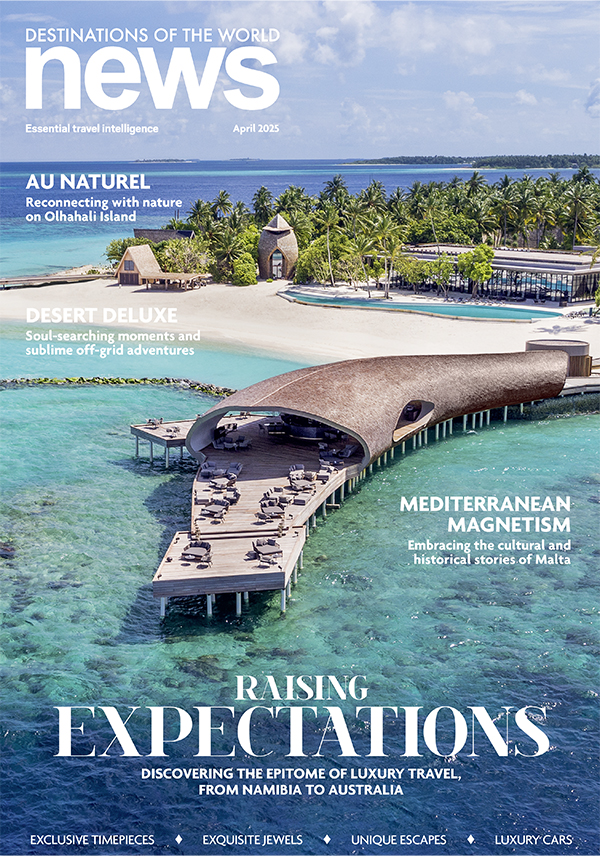Travelling through Southeast Asia is associated with tuk-tuk jammed city streets and dancing on beaches until sunrise. It’s the kind of place where every day is a blur, and you’re likely to leave feeling more tired than when you arrived. So, you might be surprised to hear that spending two whole days travelling through Laos on a rather rickety, and very slow-moving houseboat was one of the most memorable highlights of a six-week trip to this enthralling region.
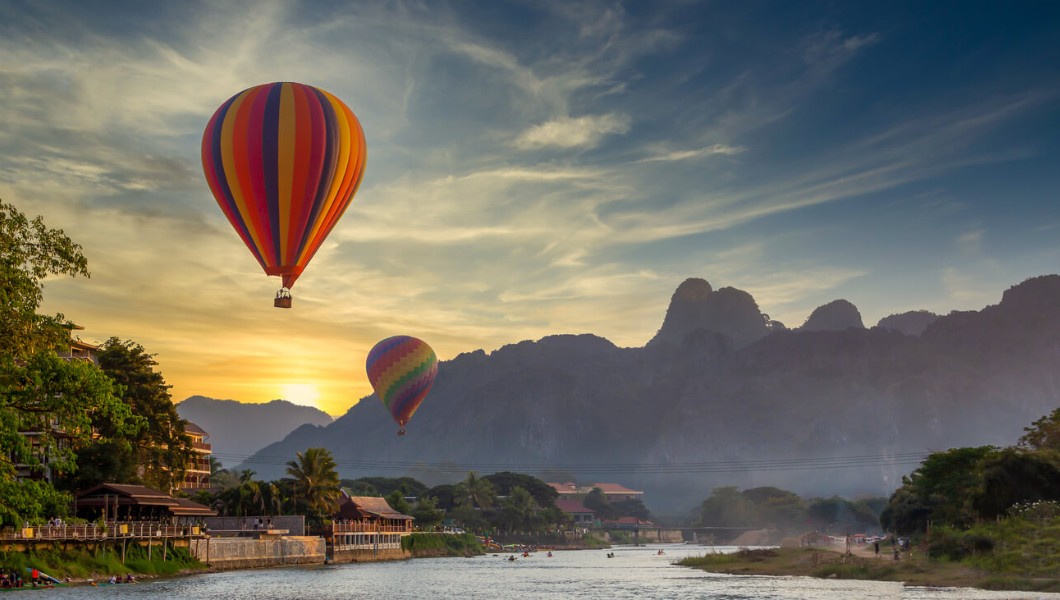
Unlike Thailand and Vietnam, its more popular and tourist-orientated neighbours, Laos offers a rare chance to indulge in the art of ‘slow travel’. It invites you to stop rushing through all the ‘must see’ sights, and to instead live in the moment, set a more leisurely pace and properly absorb the essence of the local culture.
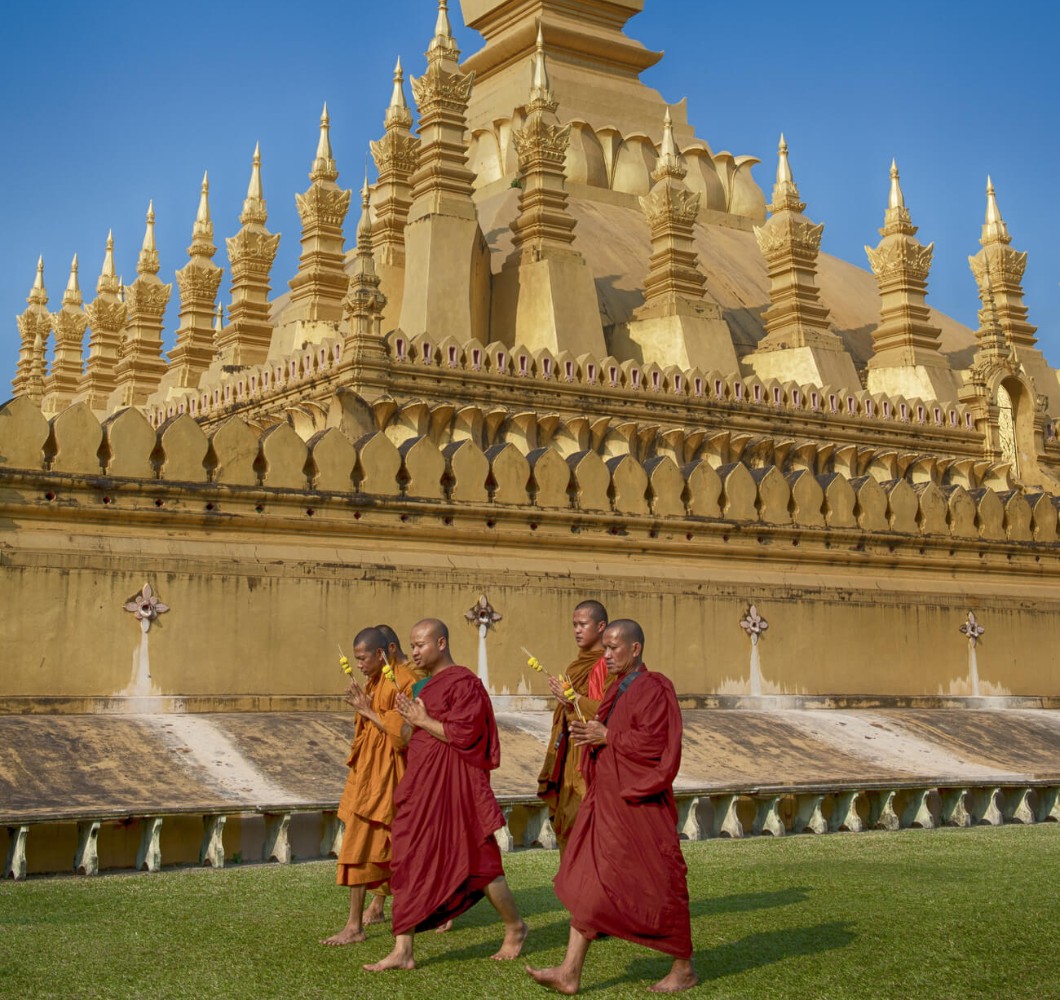
While travelling to ‘find yourself’ is generally a cliché, there is something about Laos that genuinely encourages self-reflection. Peaceful, lush and completely undeveloped, this mountainous and sparsely populated country has a deeply spiritual aura, and it’s an experience that deserves to be lingered over. A land of glittering temples, jagged limestone formations, gushing waterfalls, wild elephants and saffron-robed monks, it’s the perfect place for nature lovers, history buffs and anyone who is looking to truly get away from it all.
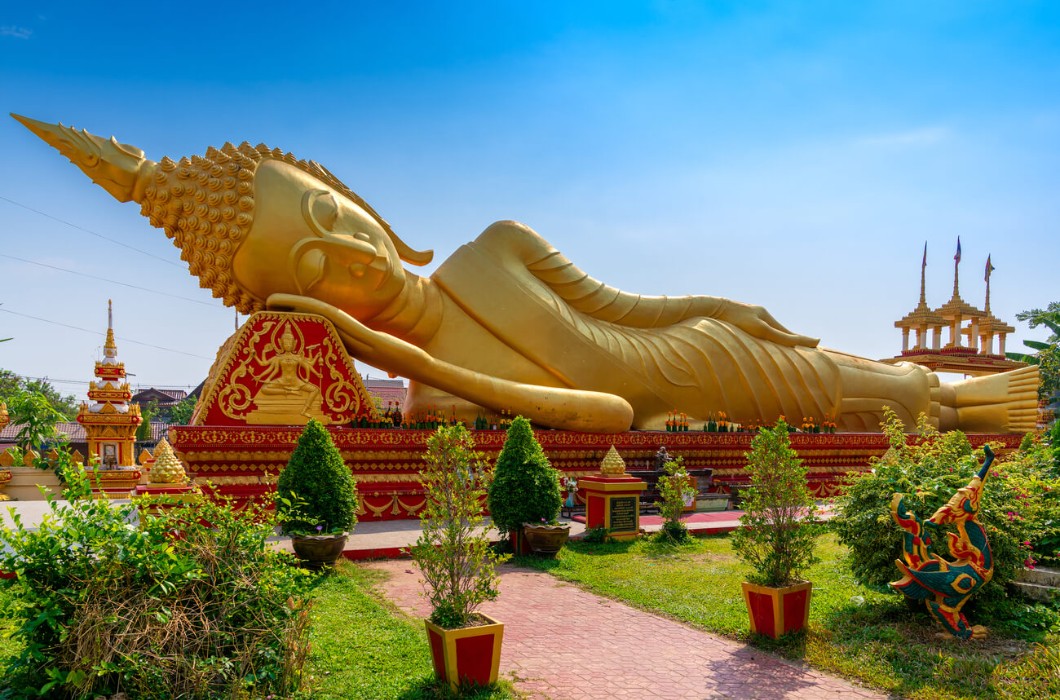
I enter land-locked Laos via road from Hanoi, the Vietnamese capital, and leave via a slow boat to Thailand along the Mekong river. Or you can fly to Bangkok in Thailand or Hanoi in Vietnam and get a transfer flight to the tiny airport of Vientiane, the smallest capital city in the world. Peaceful, safe and immensely affordable, it is easy to explore Laos via taxi or private transfer. Or, if you’re feeling adventurous, by public bus. The roads aren’t the best and distances may take longer than you think, but the infrastructure is being improved all the time.
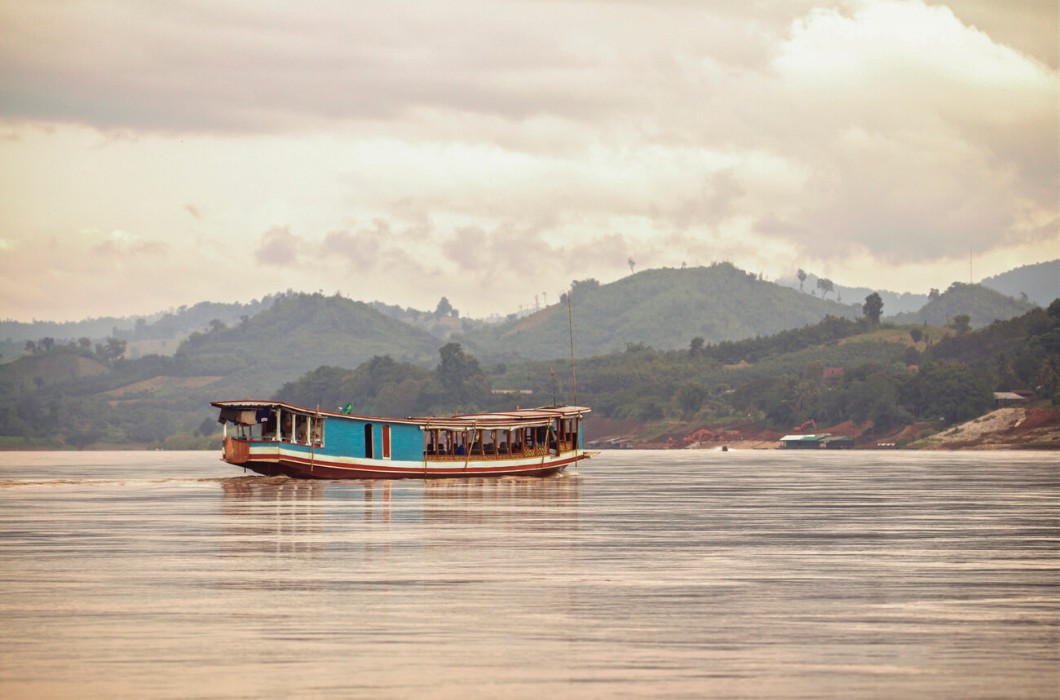
Despite feeling largely untouched by the modern world, a few luxury hotels have popped up in recent years, such as Rosewood Luang Prabang (more on this idyllic destination later) and the Crown Plaza Vientiane. However, if you’re travelling solo (like I am), or simply fancy letting someone else do the planning for you, joining a tour is a great option. My unforgettable trip to Laos forms part of a wider Southeast Asian tour with travel company G Adventures, which provides me with 10 ready-made friends, an excellent local tour guide and all my accommodation, transport, restaurants and activity options sorted for me in advance. I’d highly recommend doing something similar, particularly if you have never travelled throughout Asia before. October through to April is the best time to visit, when temperatures hover between 21 - 30°c.
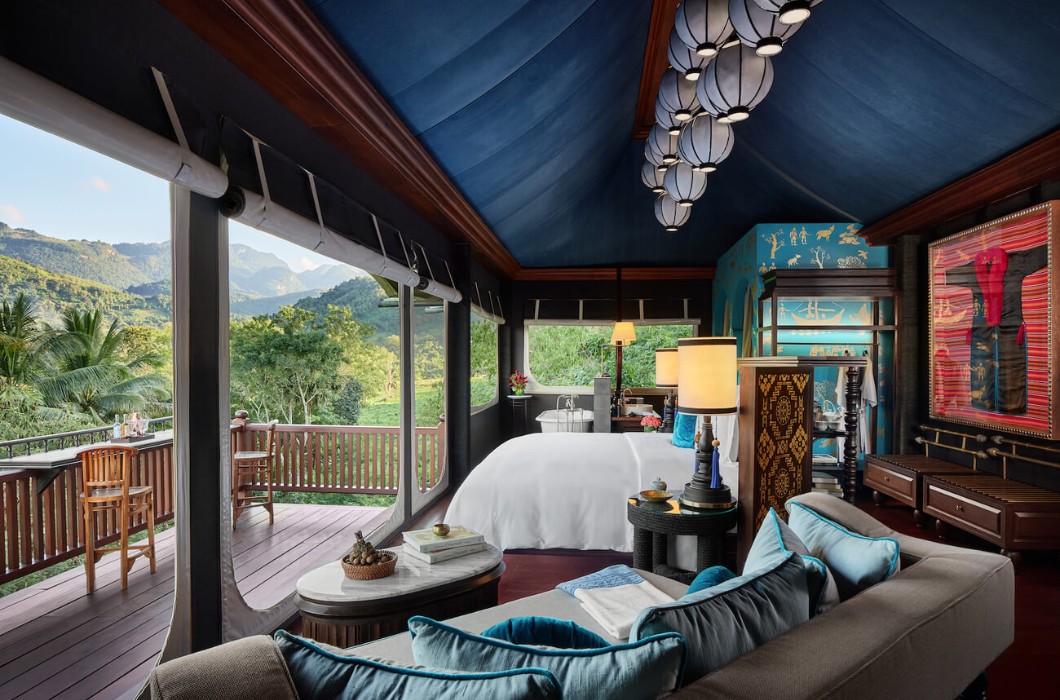
While Hanoi is certainly an experience to remember, I can’t help but breathe a sigh of relief as I leave the clogged and dirty streets behind and enter the clean air and wild landscapes of what soon becomes one of my favourite countries of all time. Whereas everything about Vietnam is cacophonic and chaotic, Laos is peaceful, placid and comfortingly sedate. Over 70 per cent of the country is mountainous, and two thirds of the population live in rural areas.
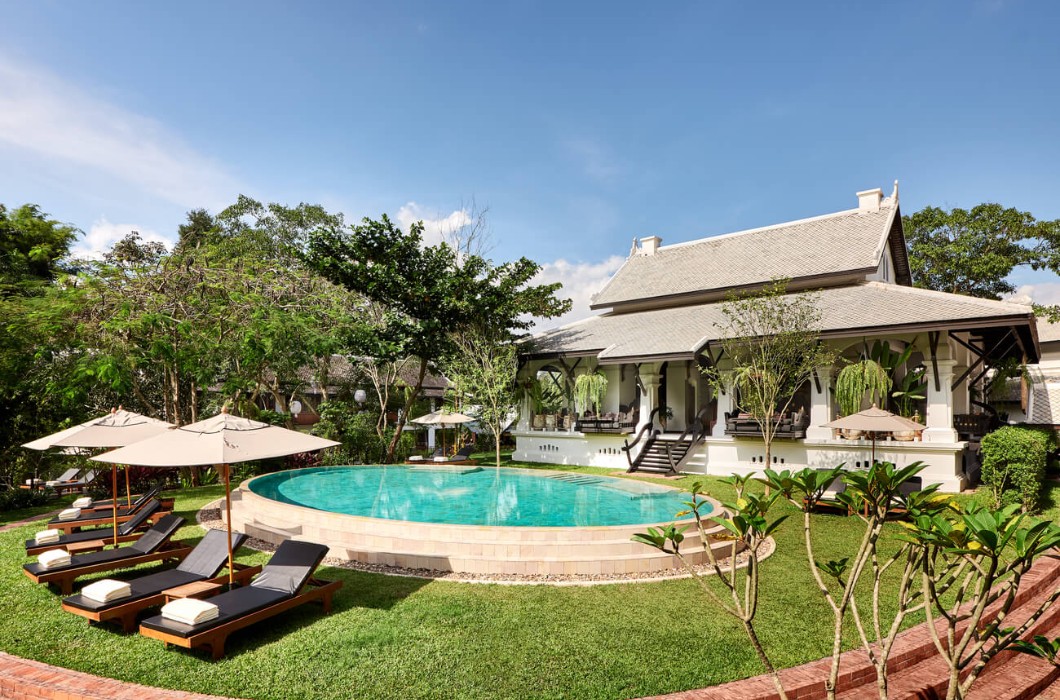
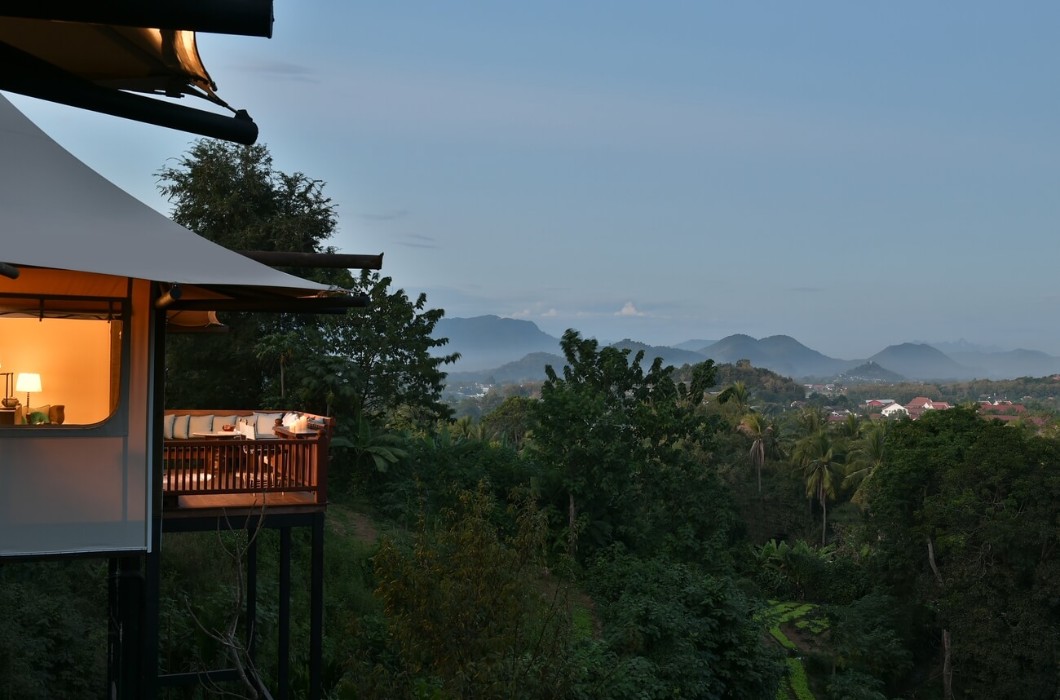
As the French colonisers summarised back in the 19th century: “The Vietnamese plant the rice, the Cambodians watch it grow, and the Laotians listen to it grow.” Deep, intuitive and reflective, the quiet of Laos is a kind of magic in itself. Before my trip, I had no idea that Laos held the title of being the most bombed country in the world. During the Cold War, the US dropped more than two million tonnes of bombs on the neutral territory to destroy communist supply lines. This is more than all the bombs used in World War Two combined. Consequently, Laos is one of the poorest countries in east Asia and learning about its turbulent and violent history certainly makes me even more appreciative of its friendly and welcoming people.
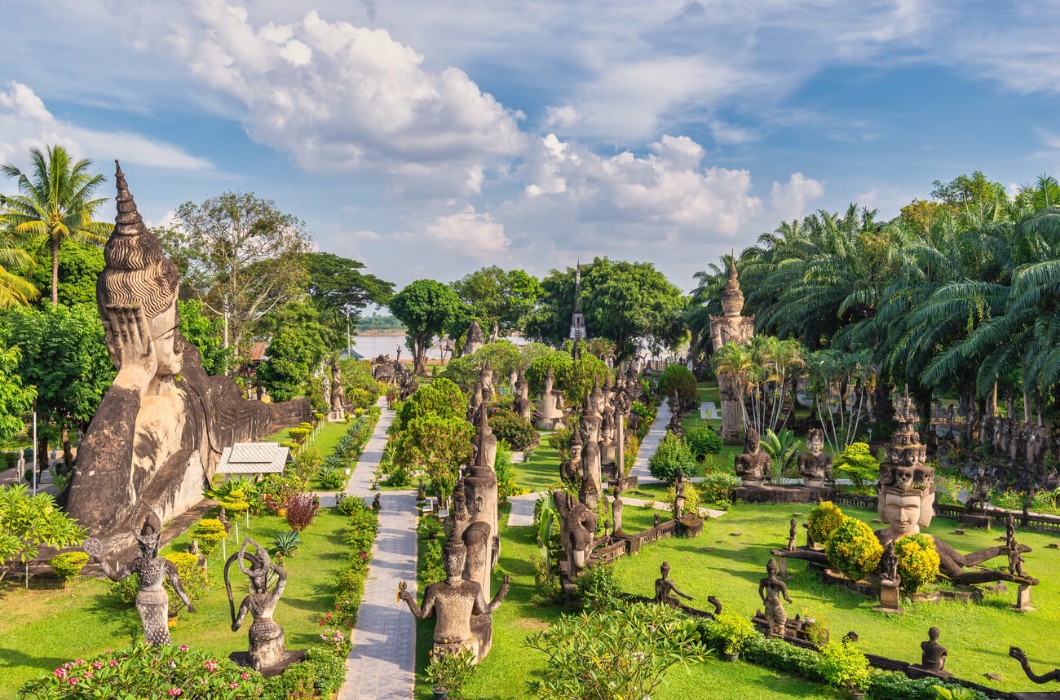
Arriving from Vietnam, your first stop is Vientiane. While checking out the glittering gold Pha That Luang monument – believed to hold the Buddha’s breastbone – is a compulsory stop, the real surprise is its thriving café culture. Known for having the best coffee and croissants in the region, every few metres you’ll find another cute and charming café where you can relax under an umbrella, read a book and watch the world go by. Exploring the hundreds of Buddhist and Hindu statues at the nearby open-air sculpture park – Buddha Park (also known as Xieng Khuan) – is great fun, while grabbing some bites from the riverside street-food stalls is another must. Although not as famous as Vietnamese or Thai food, the local cuisine is flavoursome, aromatic, interesting and filled with delicious rice, noodle and seafood dishes.
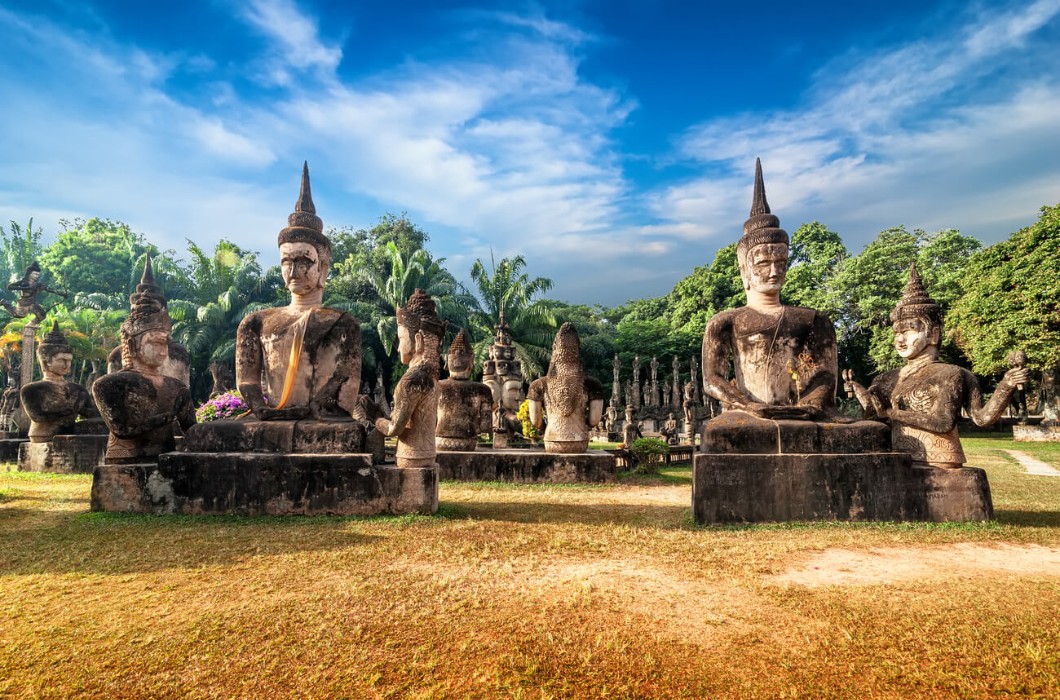
Next, don’t let its former reputation as ‘Asia’s most notorious party and tubing hotspot’ put you off stopping at Vang Vieng for a night or two. With the riverside bars now shut down, the picturesque mountain village has rebranded with a calmer and more eco-friendly image that I fall in love with. The village centre still holds a scattering of bars and restaurants, but other than that it doesn’t feel too ‘touristy’ at all.
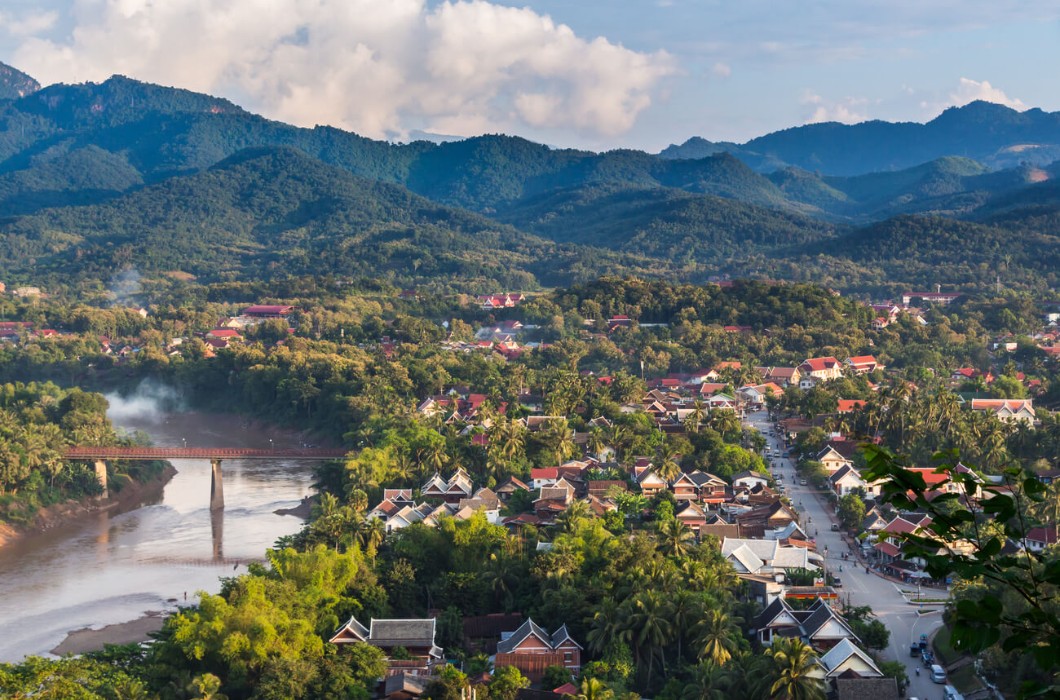
Surrounded by craggy limestone karsts (dramatic rock formations), rice paddies and mysterious caves, Vang Vieng is a great spot for rock climbing, zip-lining, and caving. If, like me, you’re feeling in the mood for something slightly less adrenaline-fuelled, rent a bike and go exploring on two wheels. This allows me to meander through farms and villages and be privy to incredible scenery that I never would have seen from a car. Tackling the steep and sweaty Silver Cliff hike is another highlight. The jaw-dropping views from the lower viewpoint are tremendous, and if you fancy an even more intense workout, carry on to the top! The UNESCO-listed town of Luang Prabang is arguably the jewel of this mesmerising country, and I recommend spending at least three nights here. Rich in history and filled with charming narrow streets to explore, you’ll probably never want to leave.
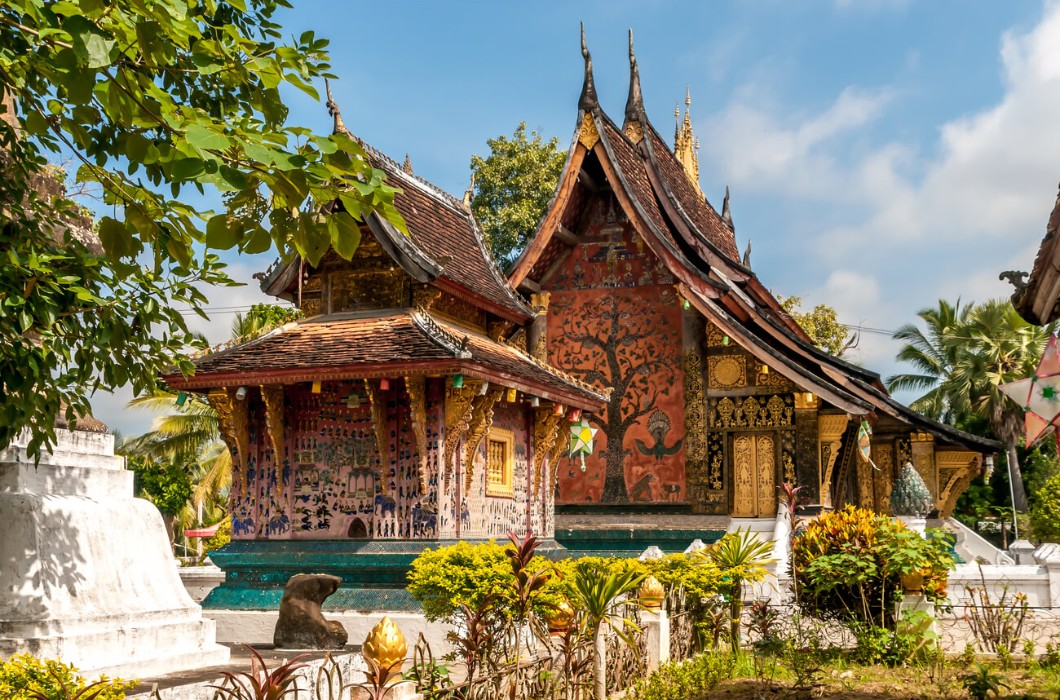
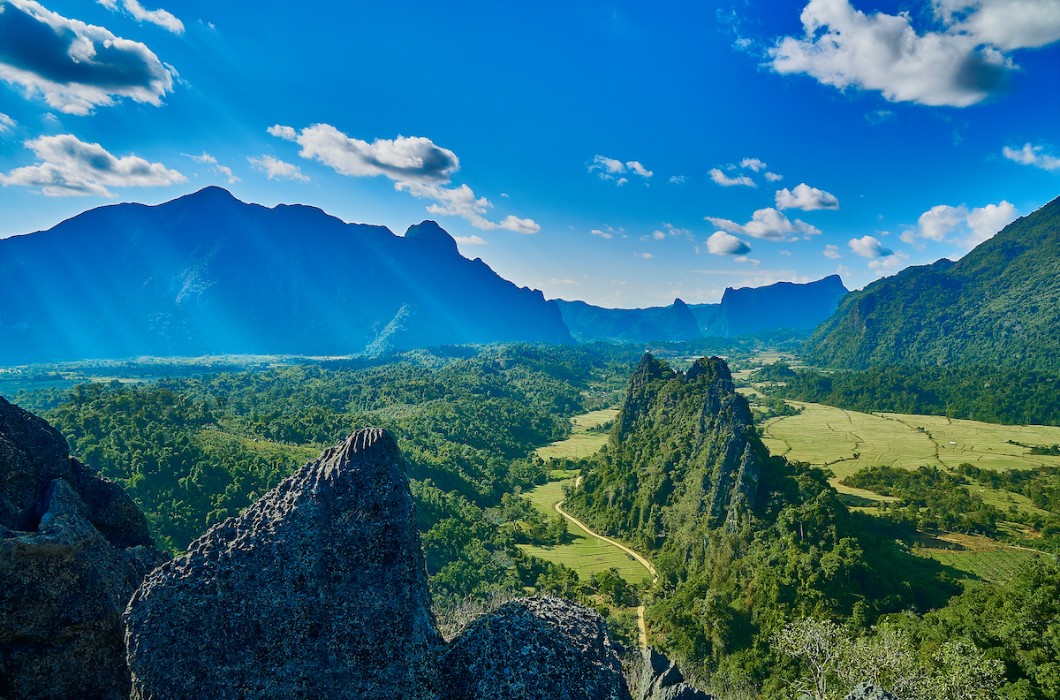
Home to no fewer than 33 majestic white and gold temples, this idyllic ancient settlement doesn’t just invite you to learn about Buddhism. Instead, you are given the unique opportunity to take part in a Buddhist ritual yourself. Said to cleanse the soul and bring spiritual redemption, the tak bat ‘morning alms’ ceremony has taken place here every day for hundreds of years.
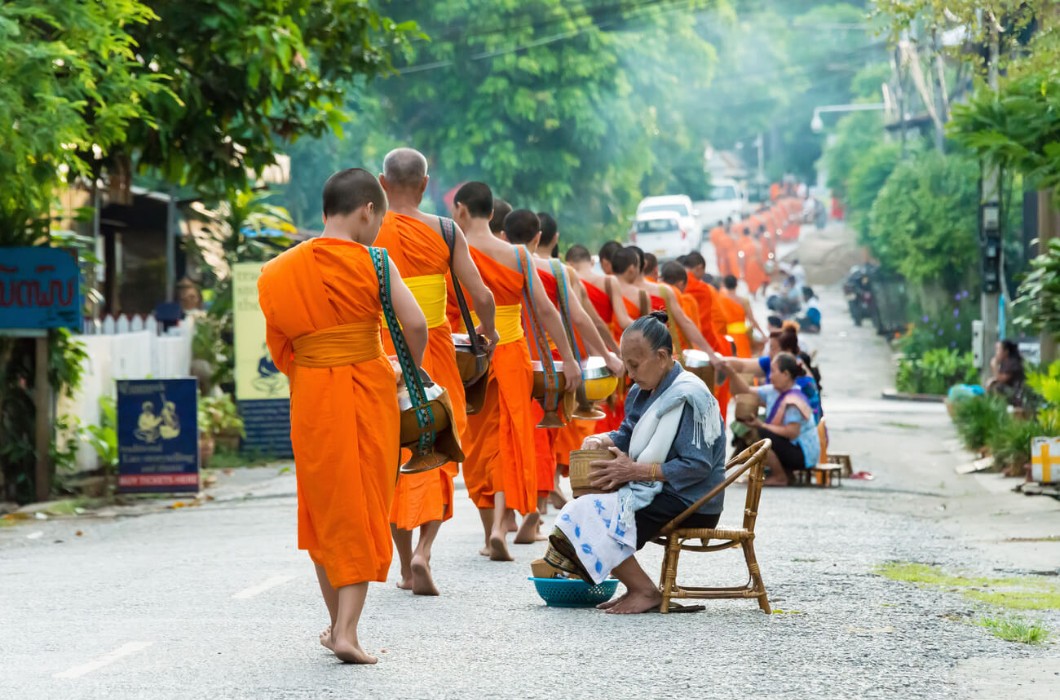
Waking at 5am, I grab a bowl of sticky rice and join dozens of other locals and tourists in being ‘alms givers’ for the town’s population of over 200 Buddhist monks. I find a spot to sit on the pavement, and wait with the rest of the crowd for the monks to elegantly glide by in a state of meditation. As they pass, we all place small balls of rice or other offerings into the bowls they are holding. The silence is thick and all around, and it is one of the most special experiences of my life. Another highlight of Luang Prabang is the vibrant turquoise Kuang Si Falls. Found about an hour out of town, it’s easy to see why it is hailed as the most beautiful waterfall in Asia.

If you’re feeling in need of some pampering after all your travels, spend a few nights at the ultra-romantic riverside Rosewood Luang Prabang for an experience of a lifetime. A timeless example of French-Laos architecture, the luxury hilltop tented villas offer unparalleled views of thick forests and rolling green hills, wrap-around balconies and beautiful interiors filled with local artworks and ethnic designs. Complete with a secluded spa and outdoor pool, this private and exclusive hotel provides a satisfying blend of lavish amenities and authentic tradition.

The last part of my trip is a two-day slow boat along the Mekong from Luang Prabang to northern Thailand, which is enough to ease even the most highly-strung individual into a state of relaxation. As the name suggests, these boats are not designed to go anywhere fast. Rather than a method of getting from A to B, you need to view it as an experience. The phrase “It’s not about the destination, it’s about the journey”, has never been more apt. As you gently bob along, you’re free to read, snooze, and, best of all, watch authentic village life unfold along the banks of the river. I witness farmers ploughing fields with elephants, children splashing in the water and other scenes that have stayed with me long after leaving.

Taking between 16 - 20 hours in total, the journey is split up with a night in the village of Pakbeng. Whilst most accommodation here is simple yet comfortable, it’ll be a night you’ll remember forever, as you sleep on the banks of the Mekong surrounded by mountainous jungle. This chance to embrace a more stripped back way of life that is as far removed from the glittering skyscrapers of the UAE as is possible to be, Laos makes you really appreciate what you have, and the importance of living in the moment.
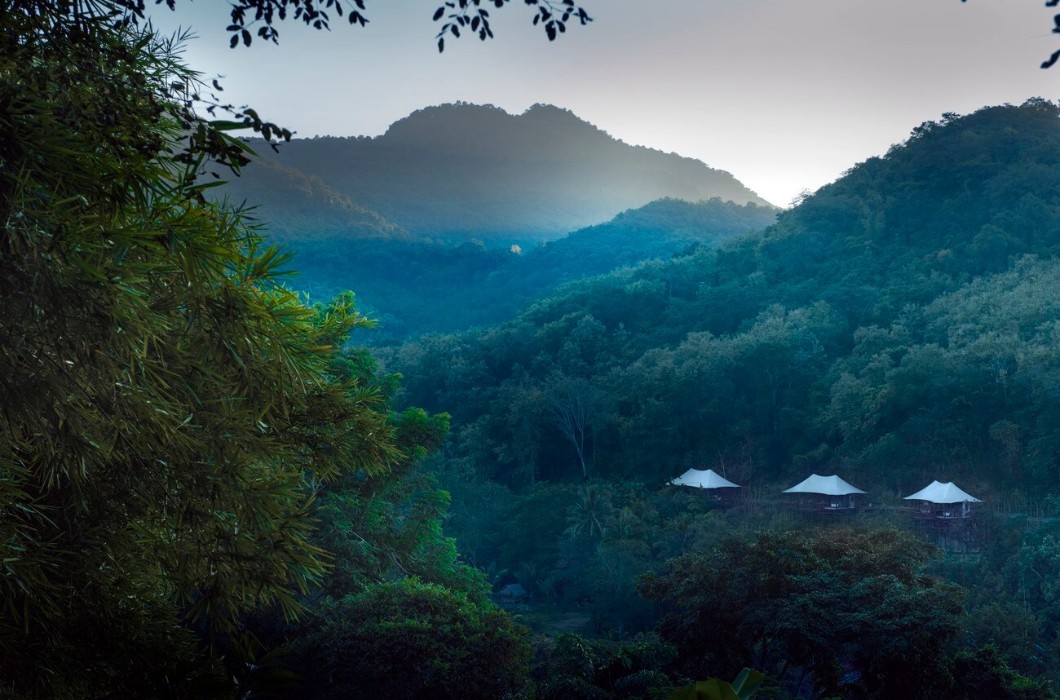
If you’re looking for parties, glamorous resorts, bustling cities and a more tourist-filled island-hopping experience, this won’t be the Asia trip for you. But, if you’re seeking to escape, to disconnect from life’s more materialistic side while reconnecting with yourself, there’s truly nowhere better. You won’t just leave with another folder filled with photographs, but also with a renewed sense of inner peace. Priceless, wouldn’t you say.






